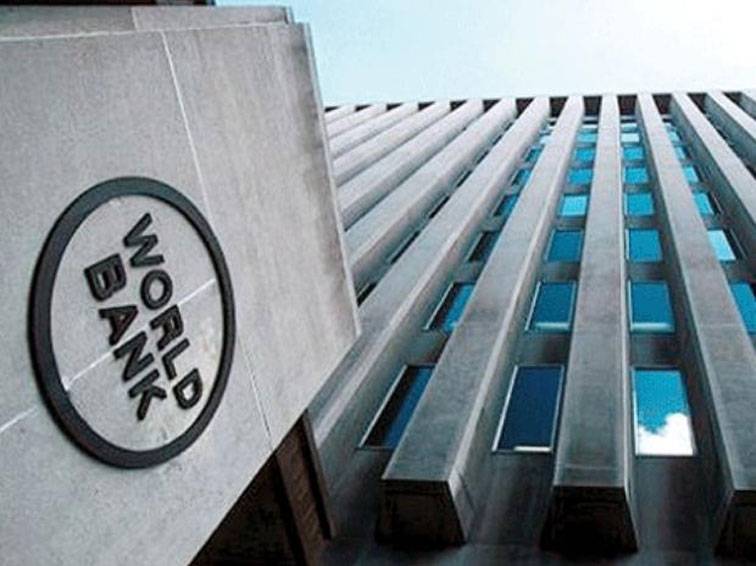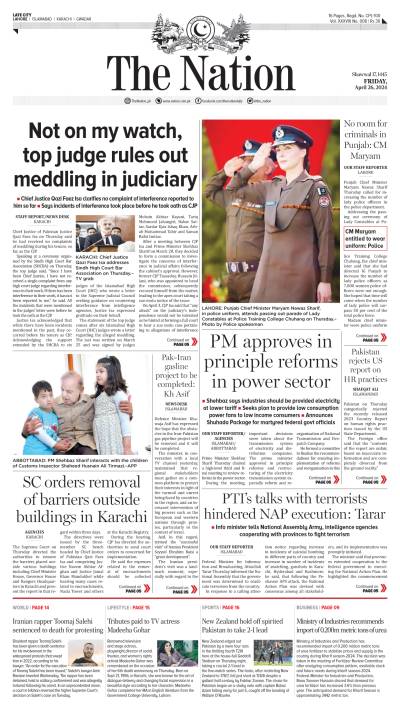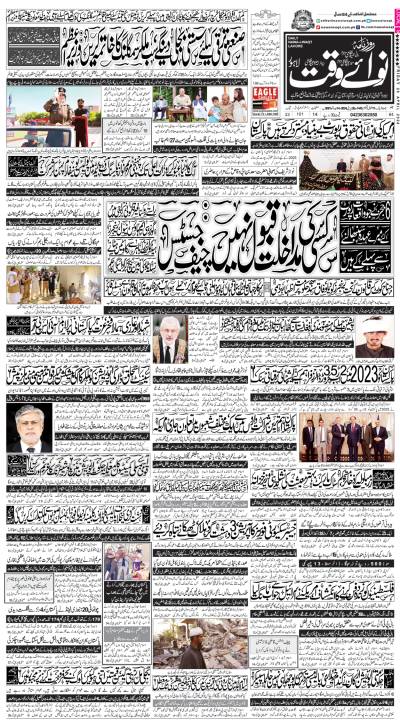ISLAMABAD - The World Bank (WB) has portrayed bleak picture of Pakistan’s economy as GDP growth is expected to slow down, fiscal and current account deficits to widen and inflation is estimated to rise to an average of 10.7 percent in current fiscal year (FY22).
The WB in its latest report, “Pakistan Development Update” has noted that the country’s GDP is expected at 4.3 percent in FY22 as against a strong recovery and grew 5.6 percent in FY21 following measures taken by the government to miti-gate the adverse socio-economic impacts of the COVID-19 pandemic. “On the back of high base effects, recent monetary tightening and stronger inflation, real GDP growth is expected to moderate to 4.3 and 4.0 percent in FY22 and FY23, re-spectively before recovering to 4.2 percent in FY24,” the WB noted.
This recovery, according to WB, is predicated on continued macroeconomic sta-bility and a narrowing of the fiscal and external deficits in the medium-term. Infla-tion is estimated to raise to an average of 10.7 percent in FY22, reflecting higher oil and commodity prices, but then expected to decrease over the forecast hori-zon. Due to faster import than export growth in first half (July to December) of FY22, the Current Account Deficit (CAD) is expected to increase to 4.4 percent of GDP in FY22. Moderating demand pressures due to monetary tightening, lower global commodity prices and the weaker currency are expected to dampen im-ports in FY23. With the implementation of reforms to reduce import tariffs on rel-evant intermediates for the export sector and increased allocations for export re-finance schemes, the CAD is expected to further narrow to 3.0 percent of GDP in FY24.
The fiscal deficit (excluding grants) is projected to widen slightly to 6.3 percent of GDP in FY22, on the back of higher spending on COVID-19 vaccine procurement, settlement of energy sector arrears, development spending, and the recently an-nounced food and energy subsidies. It is projected to gradually narrow over the medium term as revenue mobilisation measures take hold, particularly GST har-monisation and Personal Income Tax (PIT) reform. Public debt as a share of GDP is projected to remain high, but gradually decline over the medium term. However, in the absence of the implementation of these critical reforms, fiscal sustainability risks can increase. The macroeconomic outlook is predicated on the IMF-EFF pro-gramme remaining on track.
Macroeconomic risks are strongly tilted to the downside. They include faster-than expected tightening of global financing conditions, potential further increases in world energy prices, and the possible risk of a return of stringent COVID-19-related mobility restrictions. Moreover, domestic political uncertainty and policy reform slippages can lead to protracted macroeconomic imbalances.
Public and publicly guaranteed debt stood at Rs45.3 trillion at end-December 2021, an increase of Rs3.1 trillion since end-June 2021. Of the total public debt at end-H1 FY22, the share of external debt was 37.5 percent, whereas short-term debt was 13.0 percent. Moreover, the growing arrears of the power sector and liabilities emanating from commodity operations pose further risks to debt sus-tainability.
With the economic recovery and improved labor market conditions, poverty measured at the lower middle-income class poverty line of $3.20 PPP 2011 per day is estimated to have declined from 37.0 percent in FY20 to 34.0 percent in FY21. Rising food and energy inflation is expected to diminish the real purchasing power of households, disproportionally affecting poor and vulnerable households that spend a larger share of their budget on these items. In response, the gov-ernment introduced a targeted food subsidies programme and announced a uni-versal fuel price cut in February 2022.
The special section of the report focuses on financial intermediation and how to increase financing to the real economy by addressing structural impediments im-pacting the demand and supply of finance, including in credit markets. These im-pediments include extensive government borrowing from the financial sector that crowd out supply of credit to the private sector and deepens the sovereign-bank nexus. Intermediation is further limited by low domestic savings, and underdevel-oped capital markets. Overall financial inclusion remains low, but good progress has been made to enhance it through ongoing digital innovations. Resolving these constraints in the medium to long term requires concerted efforts by the govern-ment, regulators, and other stakeholders.
“Pakistan’s economic recovery after the COVID-19 crisis indicates that the coun-try has enormous potential to overcome challenging economic situations,” said Najy Benhassine World Bank Country Director for Pakistan. “However, sustaining the economic recovery requires addressing long-standing structural weaknesses of the economy and boosting private sector investment, exports and productivi-ty.” “To mitigate immediate macroeconomic risks, the government should focus on containing the fiscal deficit at a level which ensures debt sustainability, closely co-ordinate fiscal and monetary policy, and retain exchange rate flexibility,” said Zeh-ra Aslam, the lead author of the report.






